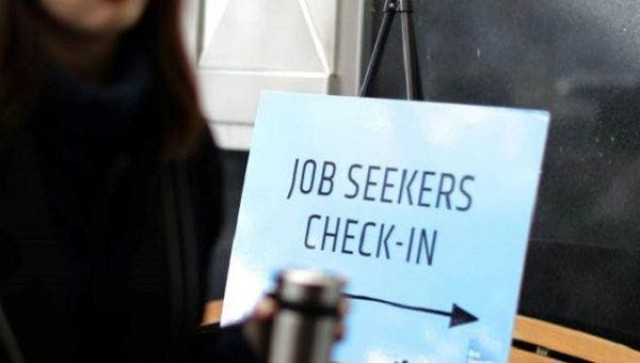Economy - looking beyond numbers
PM and his team need to pay more attention to job creation, increase in real income

In his speech to a gathering of more than 60 business leaders from all over Pakistan last week, Prime Minister Imran Khan gave an overall account of economic progress under the Pakistan Tehreek-e-Insaf (PTI) rule.
He mentioned various “historical records” – exports of $31 billion, remittance flows of $32 billion, tax collection exceeding targets, large-scale manufacturing growth of 15%, corporate profit of Rs930 billion, private sector credit of Rs1,138 billion, IT sector exports of $3.5 billion, and finally inflows of Rs1,100 billion into the rural economy.
At the outset, all of these numbers can be verified as correct. The devil, as they say, lies in detail. Let’s take exports. The sharp increase in the dollar value of exports has created an erroneous perception that the policies are finally delivering.
For example, the policymakers have interpreted the year-on-year increase of 28% in the dollar value of textile exports during the first five months of fiscal year 2021-22 as evidence that existing subsidies such as the preferential energy tariff have been successful in meeting their intended objective.
On a careful look, and contrary to the perception of policymakers, the independent Economic Advisory Group (EAG) finds that the increase in dollar value of exports has little to do with these policies.
One of the EAG members, Ahmed Pirzada, has used the publicly available data on textile exports to decompose the increase in dollar value of textile exports into price and quantity effects. The analysis shows that out of the $1.7 billion increase in textile exports during Jul-Nov 2021, more than two-thirds is simply due to an increase in international prices. In other words, had international prices remained the same as in the previous year, the dollar value of textile exports would have increased by only 7.8%. Changes in world economic conditions have also played an important role in driving the quantum of exports.
For example, the drop in world economic activity during Covid led to a 25% drop in exports relative to the trend. However, the sharp recovery in world economic activity since then has had a positive effect on Pakistan’s export performance during most of fiscal year 2020-21. Let’s take up remittances. It needs to be acknowledged that increasing the flow of remittances has been very helpful for Pakistan to manage its current account deficit.
On the other hand, it is well argued that it acts as the Dutch Disease, whereby windfall revenue gains can erode or reduce a country’s competitiveness.
The overflow of remittances can lead to an increase in the Real Effective Exchange Rate, reducing trade competitiveness. It also reduces the pressure for reforms, especially in the area of taxation and tariffs. This point needs careful empirical examination.
Now take taxes. It is true that the Federal Board of Revenue (FBR) has exceeded the tax collection target by Rs282 billion. However, the contribution of income tax to this increase is only Rs5 billion and the balance mainly comes from sales tax at the import stage and customs duty.
In terms of revenue collected at the import stage, and its share in the total tax revenue, Pakistan is probably on top of the world. It is not only regressive but also creates cash flow problem for the industry.
There is no doubt that large-scale manufacturing activity has picked significant pace, and that is something we need to appreciate. The private sector credit offtake is also showing progress. Similarly, IT sector is performing well, which is contributing to growth and job creation. Also, the growth in the agriculture sector has increased rural income considerably, though its distributional effects need to be examined.
Where the prime minister and his team need to pay more attention is job creation and increase in real income, which comes on the back of productivity. While listening to the PM’s speech, I realised that while the government spends considerable time explaining how Ehsaas – the social protection programme with a budget of Rs260 billion – is helping the low-income class, it glosses over big-ticket items. Pakistan needs to create far more jobs, and more well-paying jobs than it is doing now. Opportunities can be created by aligning incentives with efficiency and productivity. We should not be content with just an increase in the level of production – whether in the number of cars or quantity of crops. While these increases are helpful, the real income will rise by transforming our way of doing government – and business, and by increasing productivity.
It is not about leaving agriculture and jumping to the IT bandwagon. It is doing better in whatever we produce – and to begin with – from agriculture and agro-based products. That is the play of both the government and the private sector.
The writer is founder and executive director of PRIME, an independent think tank based in Islamabad
Published in The Express Tribune, January 17, 2022.
Like Business on Facebook, follow @TribuneBiz on Twitter to stay informed and join in the conversation.












1726134115-0/BeFunk_-(41)1726134115-0-208x130.webp)






COMMENTS
Comments are moderated and generally will be posted if they are on-topic and not abusive.
For more information, please see our Comments FAQ